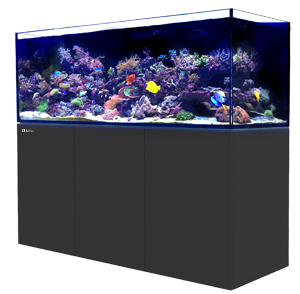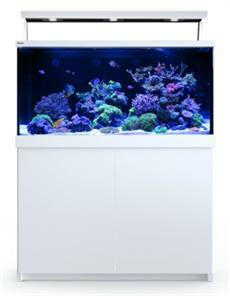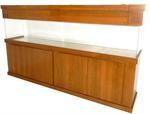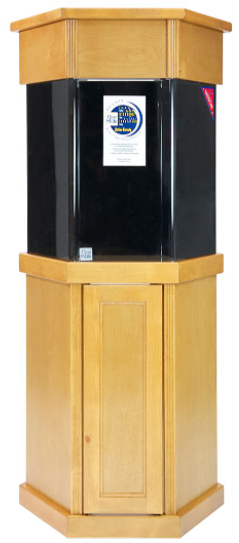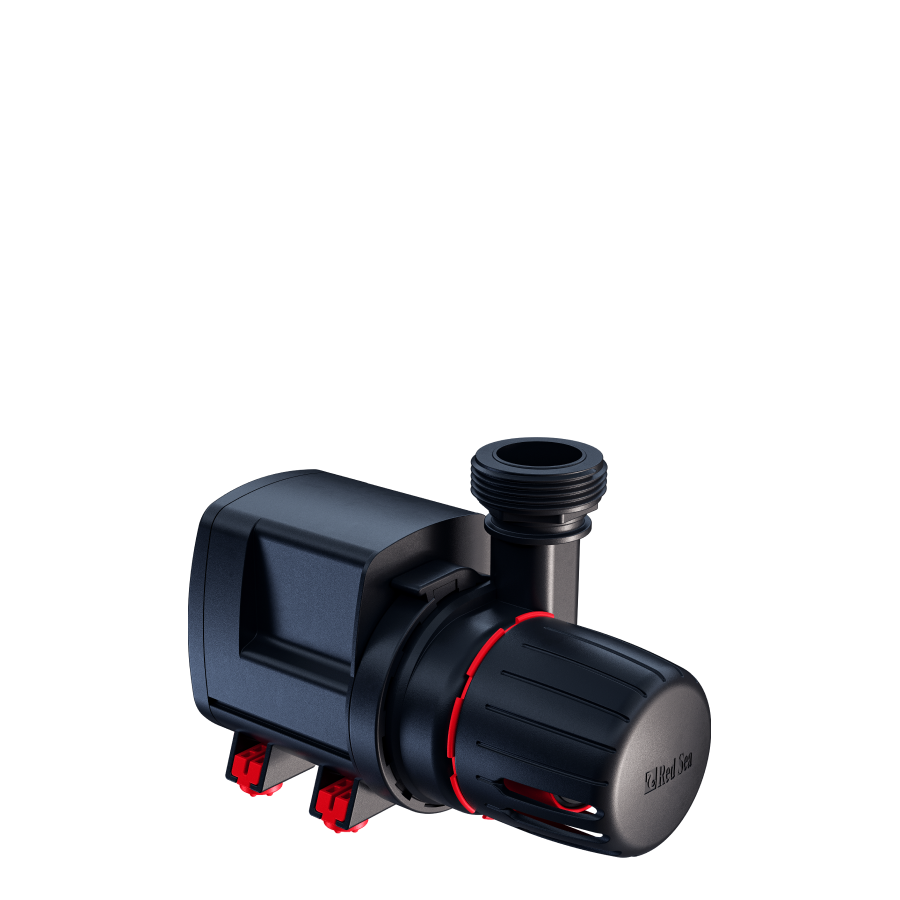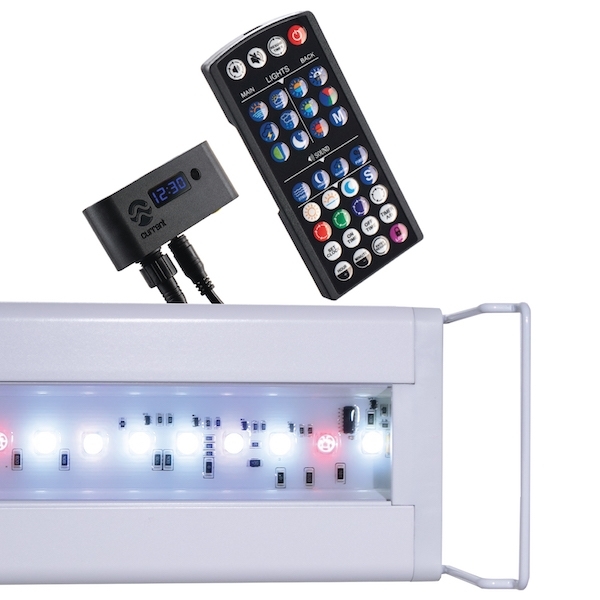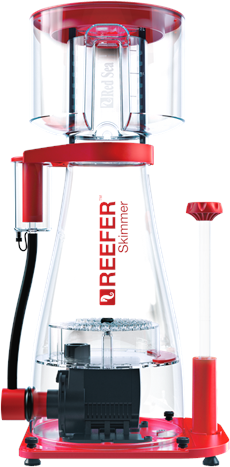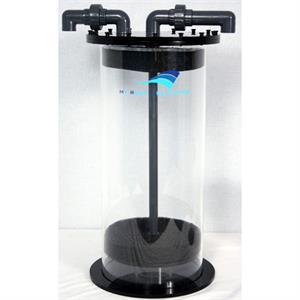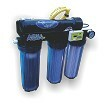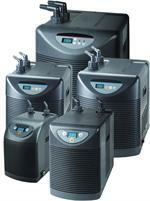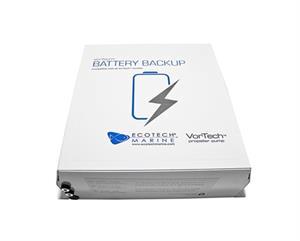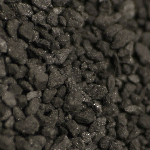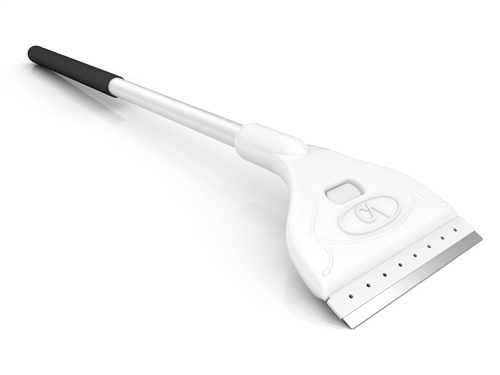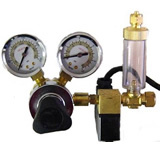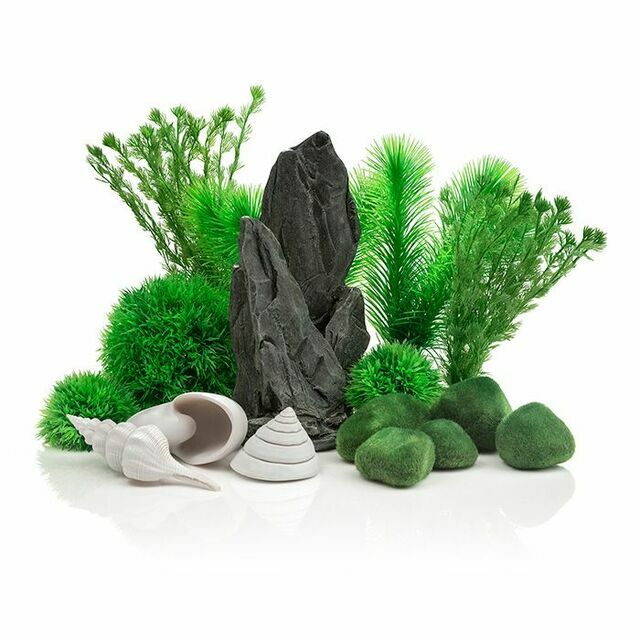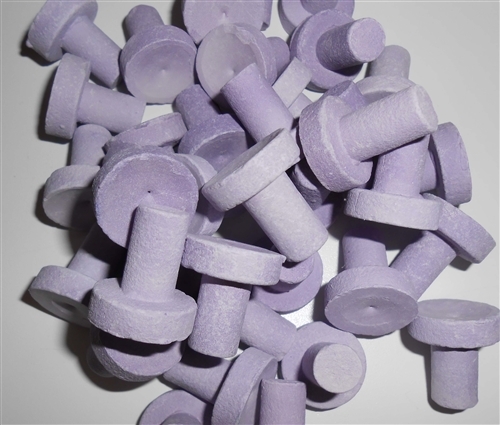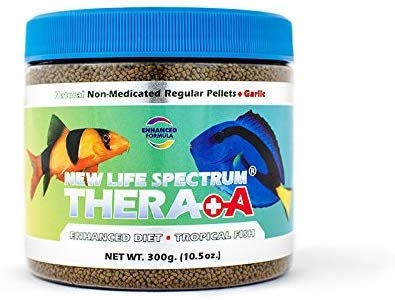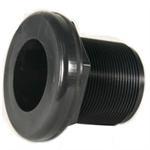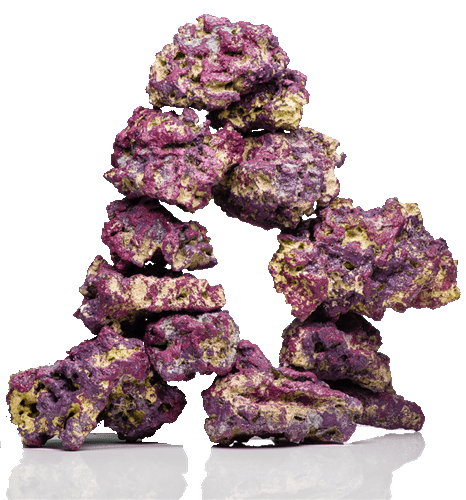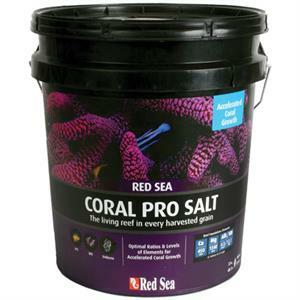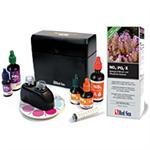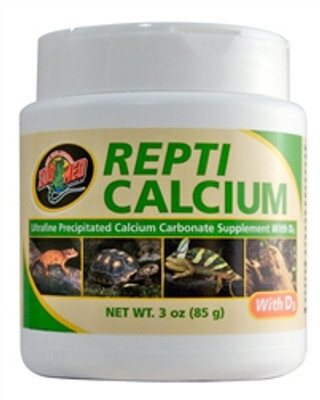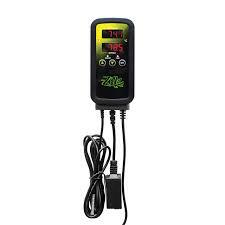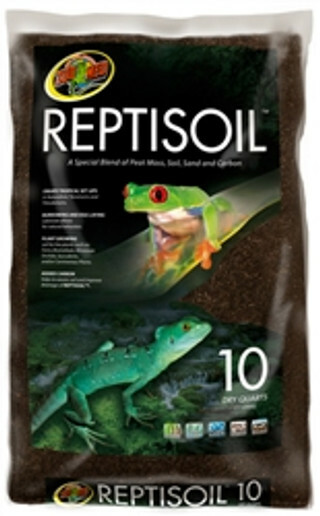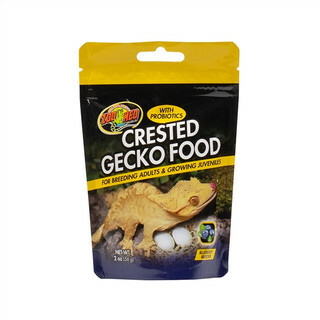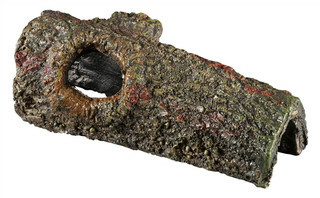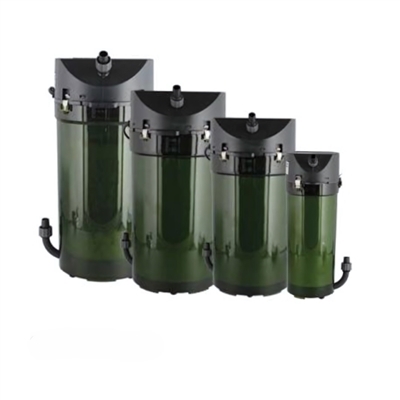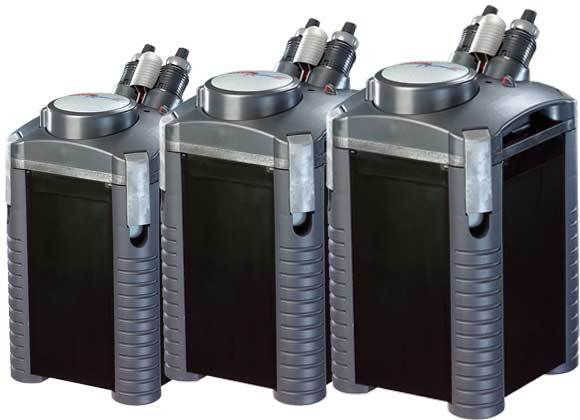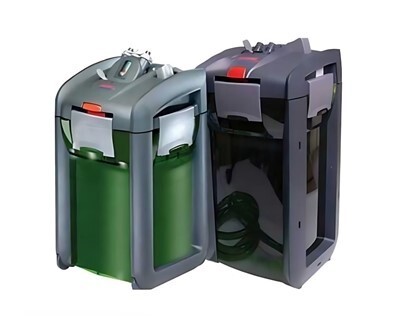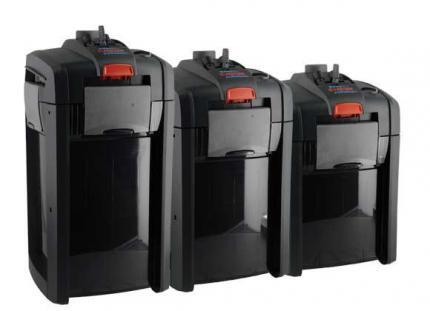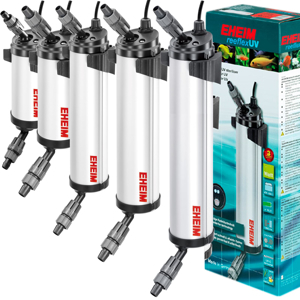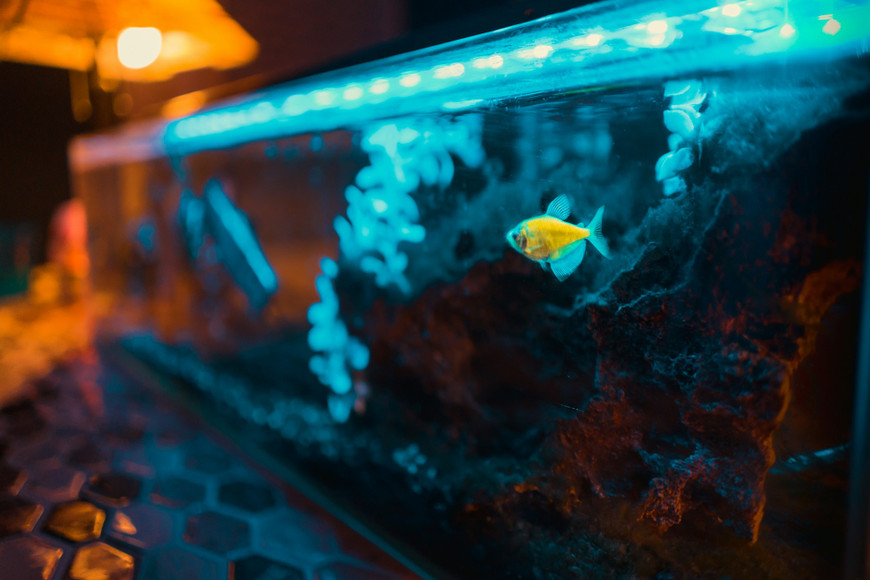Innovative Aquarium Cooling Systems for Hot Climates
Fish Tanks Direct on Jul 4th 2024
If you reside in a warmer region, maintaining a stable and cool environment for your aquarium can be a challenging yet vital task. As temperatures outside soar, the water inside your aquarium can often reach levels that are hazardous to the aquatic ecosystem it supports. It's not just about keeping the water cool; it's about ensuring the longevity and health of the entire tank environment. This is where innovative cooling systems come into play, specifically designed to address these thermal challenges in hot climates.
Aquarium cooling systems are essential for hobbyists who want to maintain a healthy aquatic environment. These systems help regulate the temperature of the aquarium water, preventing overheating that can lead to algae blooms, decreased oxygen levels, and, ultimately, the demise of your underwater residents. By understanding the importance and functionality of these cooling solutions, you can make informed decisions that ensure your aquatic setup thrives despite the external heat.
At our core, we understand that the right cooling system does more than just lower temperatures; it stabilizes your aquarium's ecosystem, allowing every component to function harmoniously. Whether you're setting up a new tank or looking to upgrade your current one, exploring different types of cooling systems will help you keep your aquatic life safe and healthy through the heat. Today, we will delve deep into the options available, how to install them effectively and maintain them for peak performance.
Understanding the Need for Aquarium Cooling
Maintaining the right temperature in an aquarium is not just about providing comfort for its inhabitants; it's essential for sustaining a healthy aquatic environment. In regions where room temperature can greatly exceed the ideal water temperature for an aquarium or during heat waves, which are increasingly common due to climate change, the water temperature can rise to levels that are harmful to the ecosystem within the tank. This is where aquarium cooling systems come into play, ensuring the longevity and health of the tank's ecosystem.
The necessity for cooling becomes evident as elevated water temperatures can lead to reduced oxygen levels, which in turn stresses aquatic life. Furthermore, higher temperatures can accelerate the growth of algae and bacteria, compromising both water quality and clarity. For us, providing a stable environment with optimal temperature regulation is crucial for mimicking the natural habitats of the aquatic species we cherish in our aquariums. This stability can prevent disease, facilitate healthy aquatic plant growth, and maintain overall ecological balance within our tanks.
Types of Aquarium Cooling Systems Available
When it comes to cooling our aquariums, there are several types of systems we can choose from, each with its own set of advantages. The most common types include thermoelectric chillers, inline chillers, and drop-in chillers. Thermoelectric chillers are ideal for smaller tanks or nano aquariums and are highly energy-efficient. They operate quietly and can be adjusted easily to suit different needs, but they are generally not suitable for larger tanks.
Inline chillers, on the other hand, are perfect for medium to large aquariums and work by cooling water as it passes through the system integrated with the tank's filtration system. This type of chiller is efficient and can handle larger volumes of water, but it requires a bit more space and setup. Drop-in chillers are similar to inline chillers but are placed directly into the sump of the aquarium. They are very effective but can be more obtrusive and require sufficient space around the sump area.
Each type of cooling system has its specific installation and operation requirements, and choosing the right one depends on factors such as tank size, location, and the particular sensitivity of the aquatic life to temperature changes. Understanding these options helps us make informed decisions to ensure the effectiveness of our aquatic cooling solution, preserving the beauty and health of our aquarium setups.
Installation Tips for Aquarium Chillers and Fans
Installing an aquarium chiller or fan is a precise task that ensures your aquatic environment remains at an optimal temperature. Let's start by focusing on the basics. First, always position your chiller close to the aquarium to reduce the amount of tubing required and maintain efficiency. When setting up an inline chiller, integrate it directly into your existing filtration system. Here, water from the tank flows into the chiller, gets cooled, and is then circulated back into the tank. This setup requires careful planning to ensure it works seamlessly with your filter.
For those using a drop-in chiller, placement within your sump is crucial. Ensure it's positioned where it can optimally interact with the water for efficient cooling. For all chiller types, maintaining stable water flow rates as specified by the manufacturer is critical to prevent any stress on the equipment and ensure efficient operation. Moreover, it’s vital to keep the chiller itself in an area with sufficient airflow to prevent overheating—especially for units with exhaust systems. Taking these steps not only ensures that your cooling system is set up correctly but also safeguards its longevity and efficacy.
Maintaining Your Cooling System for Optimal Performance
To guarantee that your aquarium's cooling system remains functional and efficient, regular maintenance is essential. This includes periodic cleaning of any filters and checking all connections for leaks or wear. It's recommended to inspect your cooling system components every three to six months. Start by shutting down the system and safely removing any filters and pumps. Clean these components using non-toxic cleaning agents and ensure they are thoroughly rinsed before reinstalling them.
Additionally, monitor your chiller's performance by routinely checking the temperature settings and making adjustments as needed to adapt to any changing environmental conditions. Pay close attention to any unusual noises or vibrations which could indicate a potential malfunction. Immediately addressing such signs can prevent more significant issues later. Consistent maintenance not only extends the life of your cooling system but also ensures that it operates at peak efficiency, thereby maintaining the ideal conditions for your aquarium without expending unnecessary energy.
Conclusion
Consistently maintaining optimal water temperature in your aquarium is crucial for fostering a thriving, healthy aquatic environment. By understanding the different types of cooling systems available, strategically installing them, and adhering to a regular maintenance plan, we ensure that our aquatic setups flourish. Remember, the effectiveness of an aquarium cooling system lies not just in its installation but also in its ongoing upkeep.
At Fish Tanks Direct, we understand the importance of maintaining a perfectly balanced aquatic environment, and our range of cooling solutions is designed to fit seamlessly into your aquarium care routine. Explore our products and find the perfect cooling system to keep your aquarium at just the right temperature. Visit us today and discover the best aquarium equipment on the market.

